The rugged Transylvanian Alps provide one of the most spectacular landscapes in Europe. Hawks soar around the craggy, snow-covered peaks, while bears and chamois take refuge in the dense forests below. Medieval villages and the ruins of once-proud castles can abruptly materialize through the mist, as if daring outsiders to uncover their secrets.
Transylvania also produced a leader known as a defender of the Christian faith, a Romanian hero, and a subhuman monster. His name was Prince Vlad, but the world knows him by his nickname: Dracula.
The Order of the Dragon
Vlad, or Dracula, was born in 1431 in Transylvania into a noble family. His father was called "Dracul," meaning "dragon" or "devil" in Romanian because he belonged to the Order of the Dragon, which fought the Muslim Ottoman Empire.
"Dracula" means "son of Dracul" in Romanian. Therefore young Vlad was "son of the dragon" or "son of the devil." Scholars believe this was the beginning of the legend that Dracula was a vampire.
Warrior in Chains
Dracula lived in a time of constant war. Transylvania was at the frontier of two great empires: the Ottoman Turks and the Austrian Hapsburgs. Treachery, vindictiveness, and revenge ruled the day, as young Dracula soon discovered.
Dracula was imprisoned, first by the Turks, who hauled him away in chains, and later by the Hungarians. Dracula's father was murdered, while his older brother, Mircea, was blinded with red-hot iron stakes and buried alive.
Vlad the Impaler
From 1448 until his death in 1476, Dracula ruled Walachia and Transylvania, both part of Romania today. Twice he lost and reclaimed his throne, once by fighting his own brother, Radu. Although the Vatican once praised him for defending Christianity, it disapproved of his methods, which soon became infamous.
Dracula earned another nickname, "Vlad Tepes" (pronounced tsep-pesh), which means "Vlad the Impaler." Dracula's favorite method of torture was to impale people and leave them to writhe in agony, often for days. As a warning to others, the bodies would remain on rods as vultures and blackbirds nibbled the rotting flesh.
His home policy was based on an idea which can be found in a letter written to the merchants from the city of Brasov: “When a man or a ruler is powerful and respected (inside the country), he can do the peace however he wants it, but when he has no power, a more powerful one will come over him and he`ll do whatever he`ll want with him”. In order to impose the honesty and the justice as values, Vlad used the impaling punishment. He didn`t only impale thieves, but he also impaled the unfaithful and dishonest boyars and obviously, the Turks. This punishment who brought this nickname for Vlad wasn`t though invented by the Romanians. It was very typical for those mediaeval times, characterized by cruelty and torture. The victims were tied with the hands and feet spread and a pale was sticked through their rectum. They were then lifted and let to die in agony. If Vlad had applied this punishment only to the Turks, so to the pagans, maybe it wouldn`t have seemed so unusual. Anyway, the fact that he used to impale not only the Turks, but the Christians also, was a real shock for those times.
Vlad Tepes mistress Katharina (from this 20 years relationship 5 children were born)
The moment when Vlad revenged the death of his brother and father became famous. In the first Easter day of the year 1459 he impaled some of the boyars and he forced the rest of them to work at the building of the Poienari fortress. Another story tells how Vlad killed in the same way about 500 boyars, who have lived during more than 7 reigns, punishing them for their infidelity and treason proved like this. The beggars weren`t spared either. They were called at a feast in the city of Targoviste (the capital of Wallachia in those times) and asked if they want to be released from the difficulties of life. As the answer was affirmative, Vlad burnt them all, so none of them won`t suffer anymore.
There are many anecdotes about the philosophy of Vlad Tepes Dracula. He was for instance particularly known throughout his land for his fierce insistence on honesty and order. Almost any crime, from lying and stealing to killing, could be punished by impalement. Being so confident in the effectiveness of his law, Dracula placed a golden cup on display in the central square of Tirgoviste. The cup could be used by thirsty travelers, but had to remain on the square. According to the available historic sources, it was never stolen and remained entirely unmolested throughout Vlad's reign.
In these conditions, the thefts weren`t so common in Wallachia. A legend said that a merchant who was passing through Wallachia asked Vlad for protection. The ruler assured him that nothing bad would happen. As 160 golden coins had disappeared after the first night, the merchant complained to Vlad. The ruler caught the thief and impaled him, returning the money to the trader. He didn`t return 160, but 161 coins. The merchant saw that and said that he received one more golden coin. Then Vlad said to him that if he hadn`t told the truth, he also would have been impaled for fraud.
Very special relations were between Vlad the Impaler and the Saxon merchants from the cities of Sibiu and Brasov. The Saxons were brought to the south of Transylvania in the 12th and 13th centuries, in order to defend the borders with Wallachia, but also for colonizing the lands. Famous merchants, they had always benefited of commercial privileges. But in the year 1459 Vlad began a policy of protecting the merchants from Wallachia, which caused the conflict with the Saxons. This conflict was stressed by the fact that the Saxons always supported other claimants to the throne of Wallachia. One of these claimants, Dan the 3rd, was forced by Vlad to dig his own grave and then was beheaded and thrown into it. In his campaign against the merchants from Brasov, Vlad burnt the city and impaled them on the hills around.
The battle against the Turks began in 1459 with Vlad`s refusal to pay the requested tribute. More than this, the Impaler fixed by nails the Turkish messengers` turbans on their head, as they didn`t want to uncover themselves, saying that it was forbidden by their religion. The alliance with Mattia Corvin, king of Hungary, played a very important role for Vlad. In the winter of 1461-1462, he organized a surprise campaign in the south of Danube, during which more than 20.000 Turks were killed. In his letter to Mattia Corvin, the Impaler enumerated with a macabre accuracy the burnt places, but the number of victims also: 23.884 exactly, without counting the ones burnt alive in their houses or the ones whose heads weren`t presented to my officers. The reply came quickly. In the spring of 1462, the sultan Mehmed the 2nd crossed the Danube with a 60.000 soldiers army (almost the double of the army which Vlad had at his disposal) and went directly to Targoviste. The famous night attack of the Impaler`s army happened in June, this attack causing panic in the Turkish camp, making them retire. But this doesn’t prevent the Turkish army from going forward.
Finding himself without allies, Vlad, forced to retreat towards Tirgoviste, burned his own villages and poisoned the wells along the way, so that the Turkish army would find nothing to eat or drink. Moreover, when the Sultan, exhausted, finally reached the capital city, he was confronted by a most gruesome sight: thousands of stakes held the remaining carcasses of some 20,000 Turkish captives, a horror scene which was ultimately nicknamed the "Forest of the Impaled." This terror tactic deliberately stage-managed by Dracula was definitely successful; the scene had a strong effect on Mehmed's most stout-hearted officers, and the Sultan, tired and hungry, admitted defeat. Nevertheless, following his retreat from Wallachian territory, Mehmed left the next phase of the battle to Vlad's younger brother Radu, the Turkish favorite for the Wallachian throne. At the head of a Turkish army and joined by Vlad's detractors, Radu pursued his brother to Poenari castle on the Arges river.
According to the legend, this is when Dracula's wife, in order to escape Turkish capture, committed suicide by hurling herself from the upper battlements, her body falling down the precipice into the river below - a scene exploited by Francis Ford Coppola's production. Vlad, who was definitely not the kind of man to kill himself, managed to escape the siege of his fortress by using a secret passage into the mountain. Helped by some peasants of the Arefu village, he was able to reach Transylvania where he met the new king of Hungary, Matthias Corvinus. However, instead of providing some help, Matthias arrested Dracula and imprisoned him at the Hungarian capital of Visegrad.
Vlad`s decline was due to a fake letter, written most probably by the Saxon merchants, letter which proved the ties between the Impaler and the Turks. Thus Vlad was accused of treason and arrested at the order of Mattia Corvin. There was also another reason for which the Hungarian king acted like this. In the winter of 1462, Vlad had asked for help from Mattia Corvin, who had received money from the Pope in that purpose. So, the accusing and arresting of the Wallachian ruler hid also the fact that Mattia Corvin didn`t help Vlad, but didn`t return the money received for the Crusade either. Between 1462 and 1474 Vlad the Impaler was prisoner at Visegrad and Pesta. Moreover, his defamation began. The German stories, spread by Mattia Corvin and the Saxon merchants would create a bloody and cruel image of Vlad in all the Western Europe.
In 1475, after the intervention of Stephan the Great (the Moldavian ruler), Vlad was released and he returned in 1476 on the throne of Wallachia. It would only last one month, as he was killed in December, after a conspiracy of the boyars. The legend goes that Vlad was buried at the Snagov monastery (only the body, as the head had been taken to the Turks, at Constantinople), but the archaeological research from 1930s only discovered some horse bones. His body lies in front of the altar. In 1935, a richly dressed but beheaded corpse was exhumed at Snagov, a fate known to have overtaken Dracula, whose head was supposedly wrapped, perfumed and dispatched as a gift to the Turkish sultan.
During one battle, Dracula retreated into nearby mountains, impaling people as he went. The Turkish advance was halted because the sultan could not bear the stench from the decaying corpses.
Another time, Dracula was reported to have eaten a meal on a table set up outside amidst hundreds of impaled victims. On occasion he was also reported to have eaten bread dipped in blood.
Defender of the Faith
At that time it was believed that religious charity, and a proper burial, would erase sin and allow entry to heaven. Dracula surrounded himself with priests and monks and founded five monasteries. Over a period of 150 years, his family established 50 monasteries.
Killed in December 1476 fighting the Turks near Bucharest, Romania, Dracula's head was cut off and displayed in Constantinople.
The Corpse Disappears
Dracula was buried at the isolated Snagov Monastery near Bucharest, which was also likely used as a prison and torture chamber. When prisoners prayed before an icon of the Blessed Virgin, a trap door opened dropping them onto sharp stakes below.
In 1931 archaeologists searching Snagov found a casket partially covered in a purple shroud embroidered with gold. The skeleton inside was covered with pieces of faded silk brocade, similar to a shirt depicted in an old painting of Dracula.
The casket also contained a cloisonné crown, with turquoise stones. A ring, similar to those worn by the Order of the Dragon, was sewn into a shirtsleeve.
The contents were taken to the History Museum in Bucharest but have since disappeared without a trace, leaving the mysteries of the real Prince Dracula unanswered.
Dracula castle ( the Bran castle)











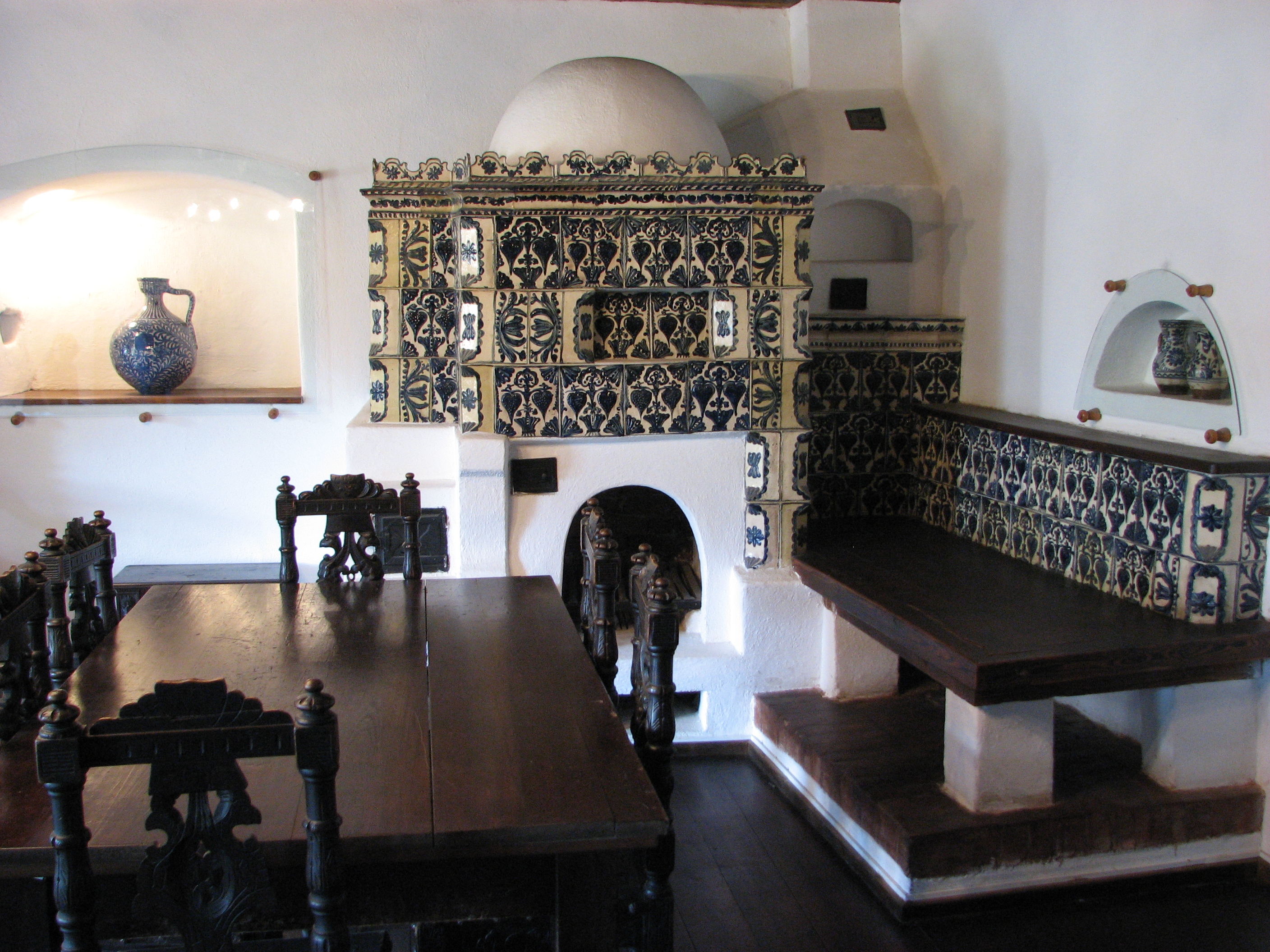

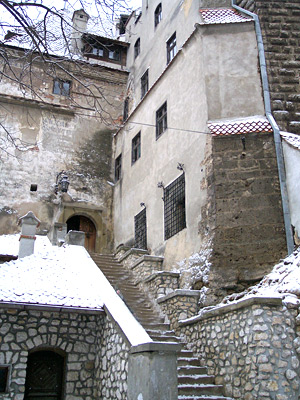




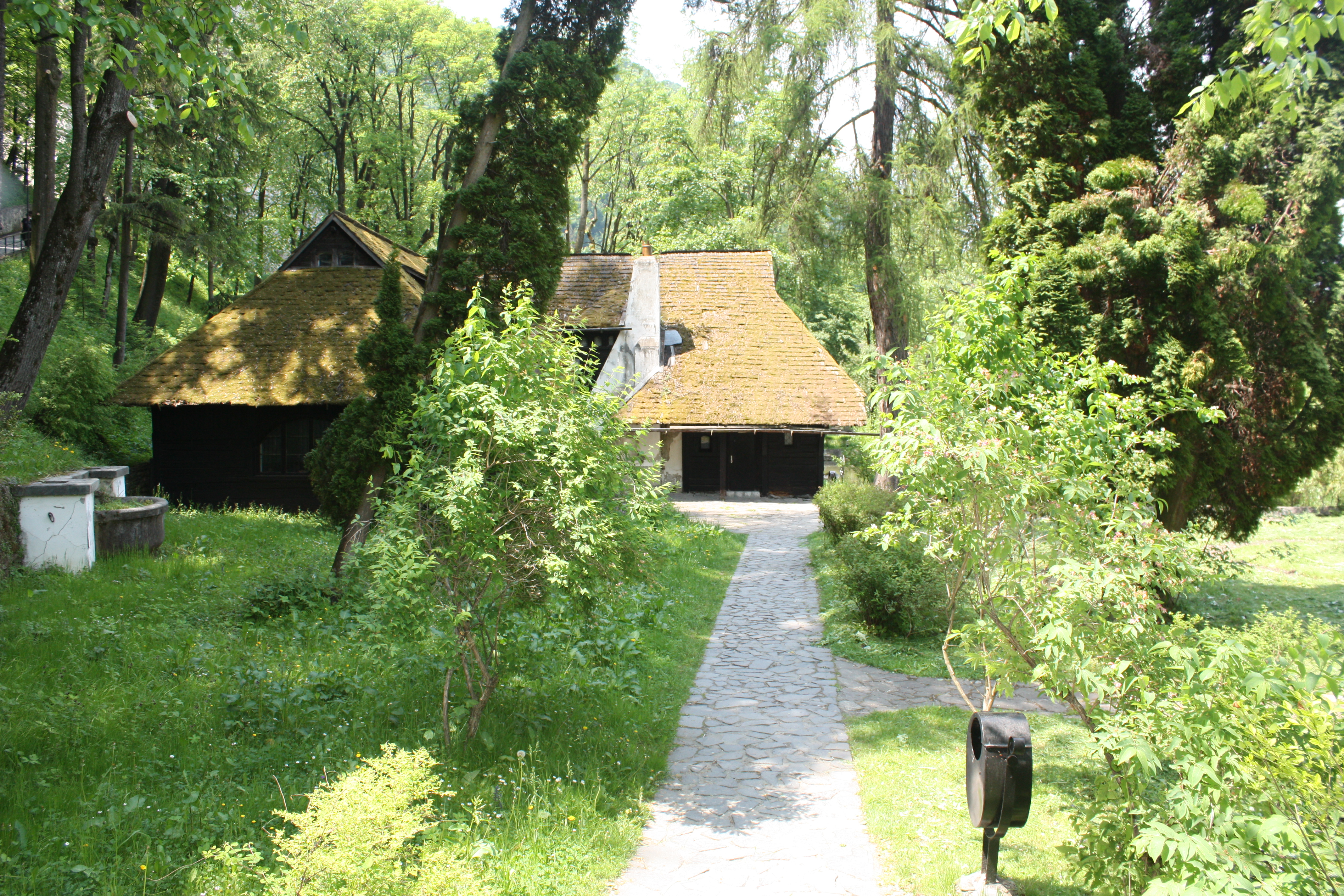

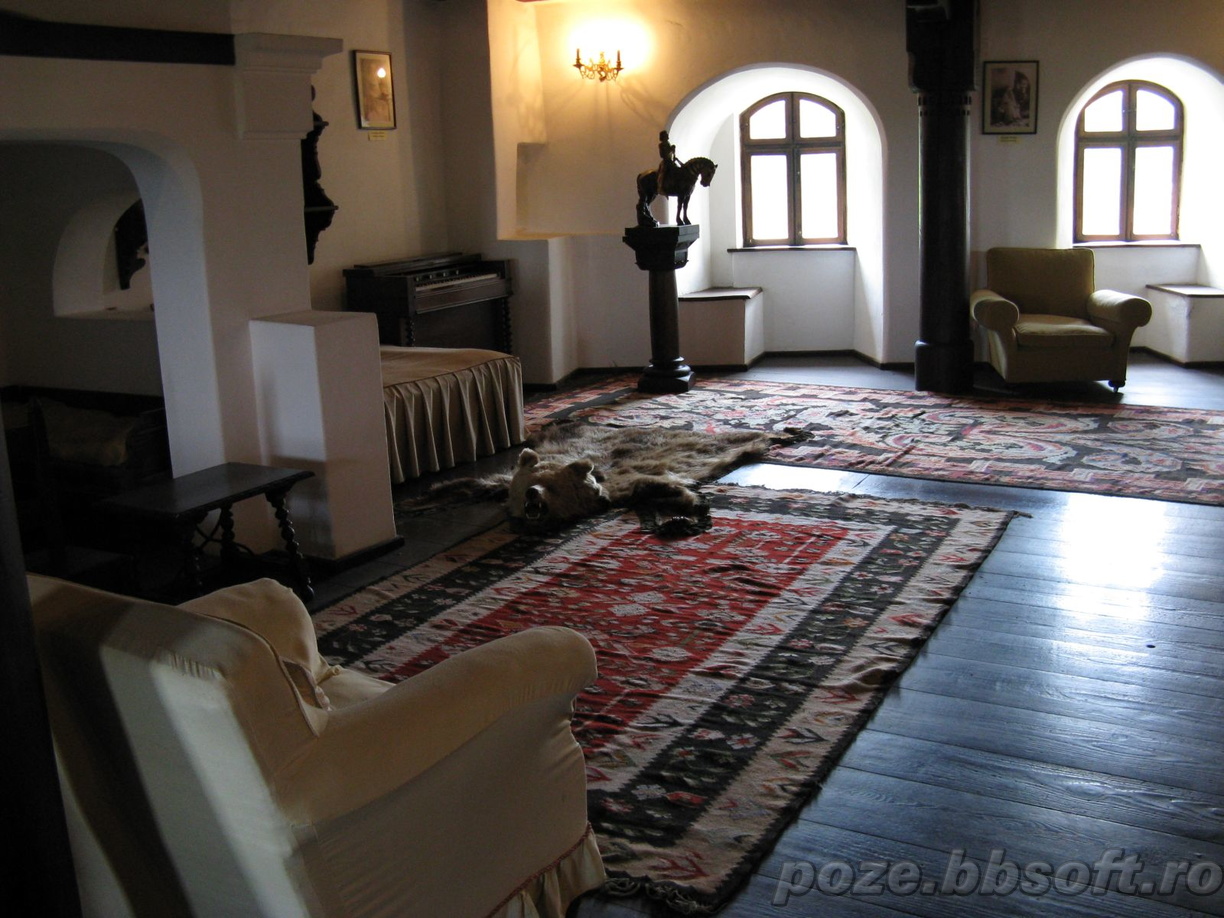


















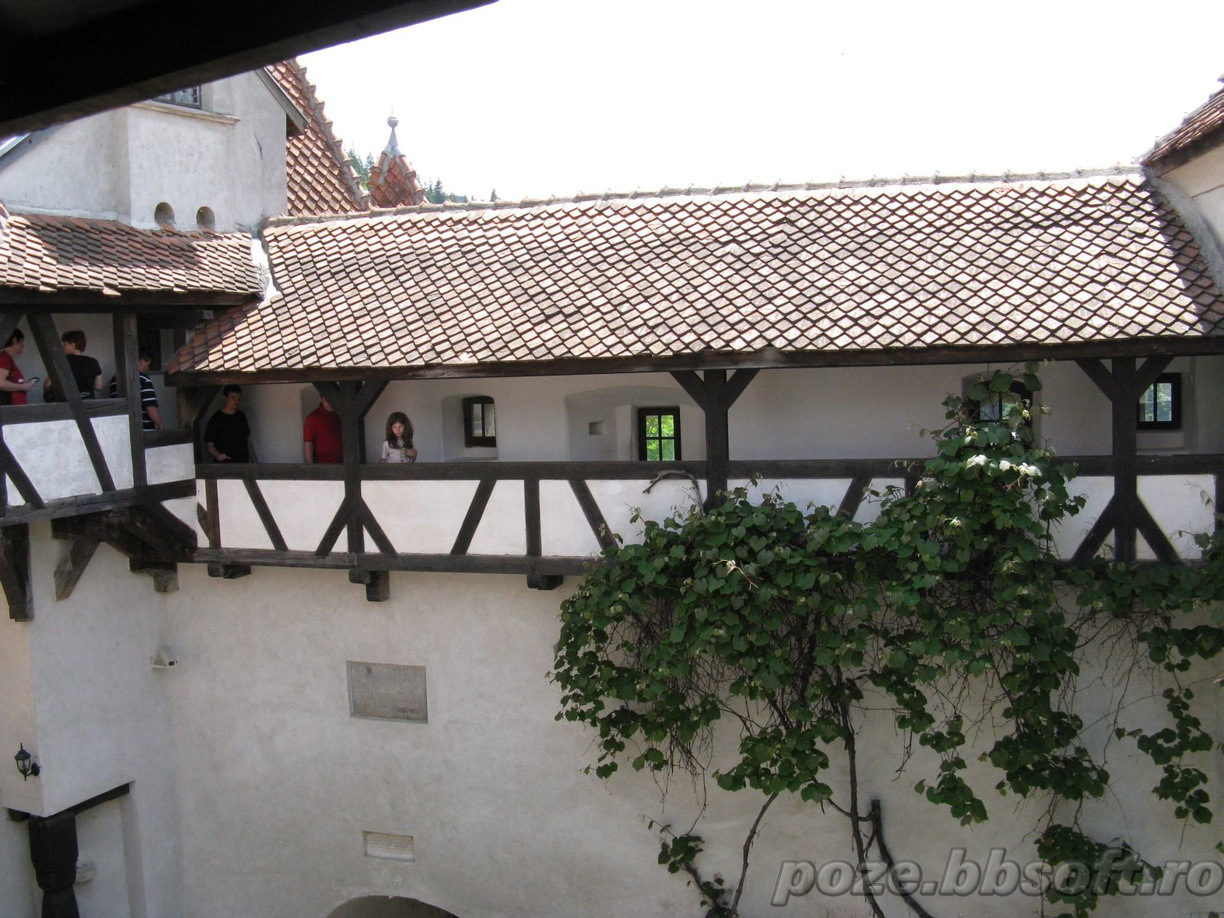

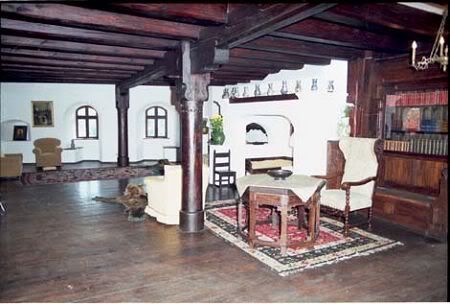



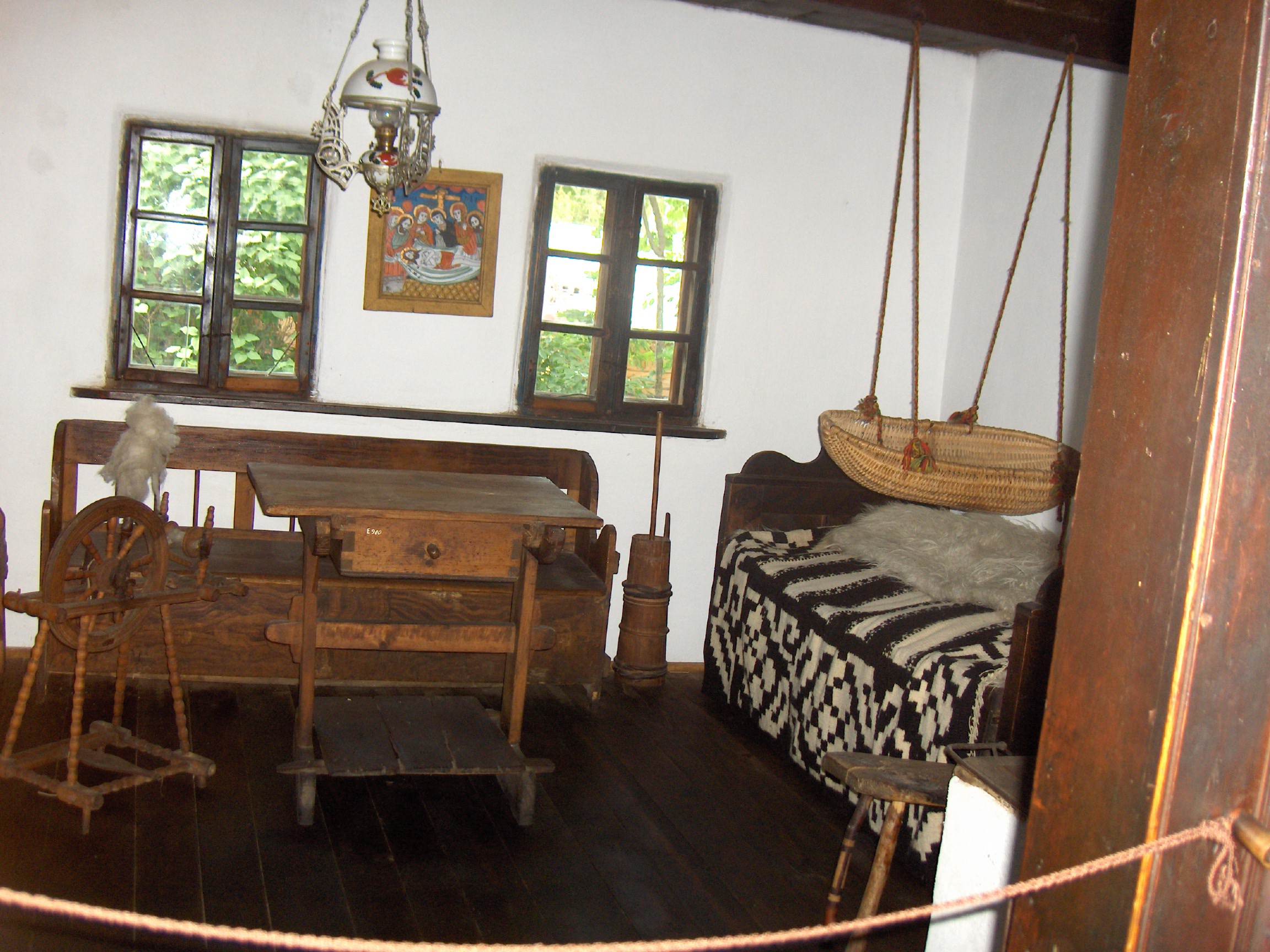
















There are those who have said that Dracula's name, in the historical sense, should be cleared and the record should be set straight; this has been done here in Texas -- do the cities of Austin, San Antonio, and Comanche ring a bell? -- Cheryl B. Montoya
RăspundețiȘtergere